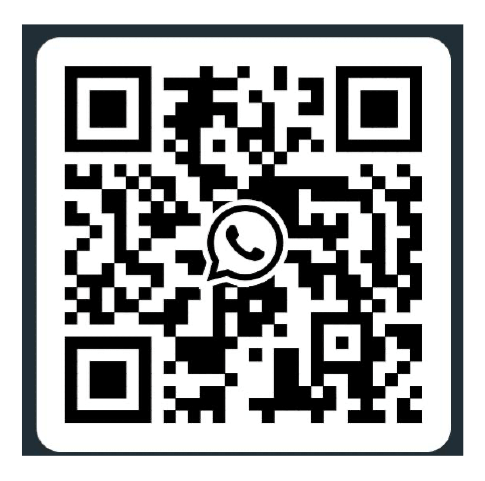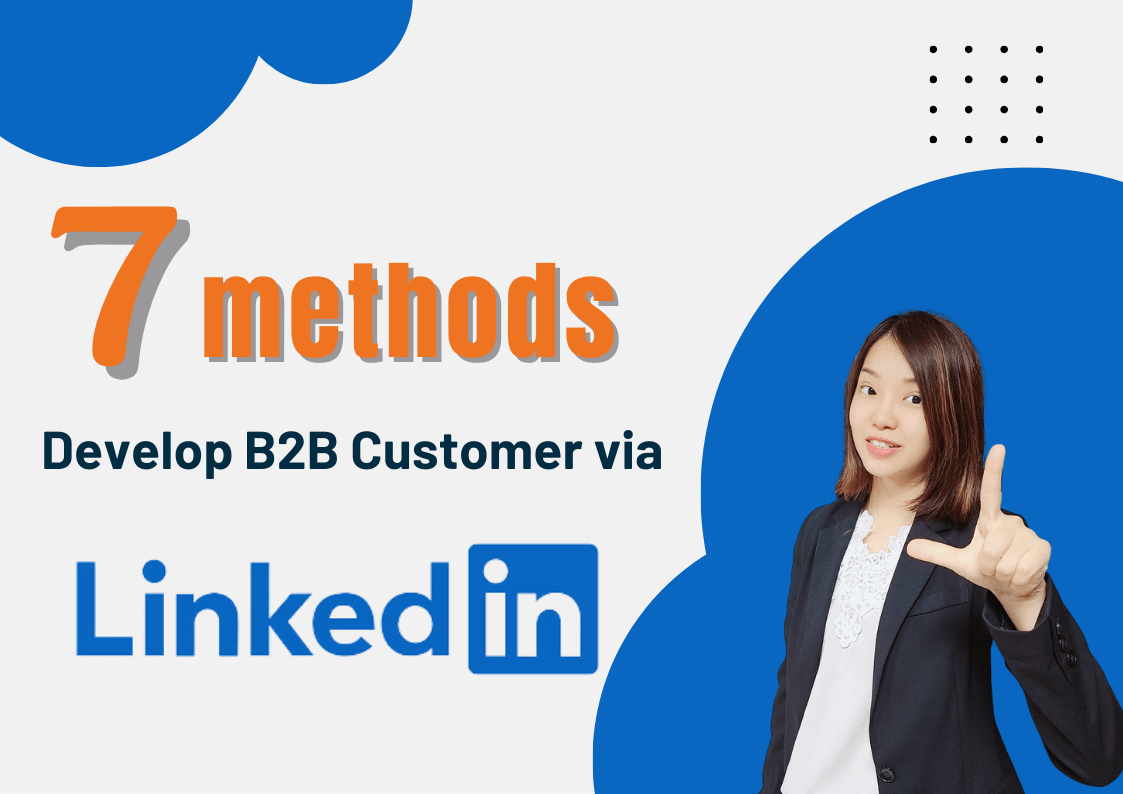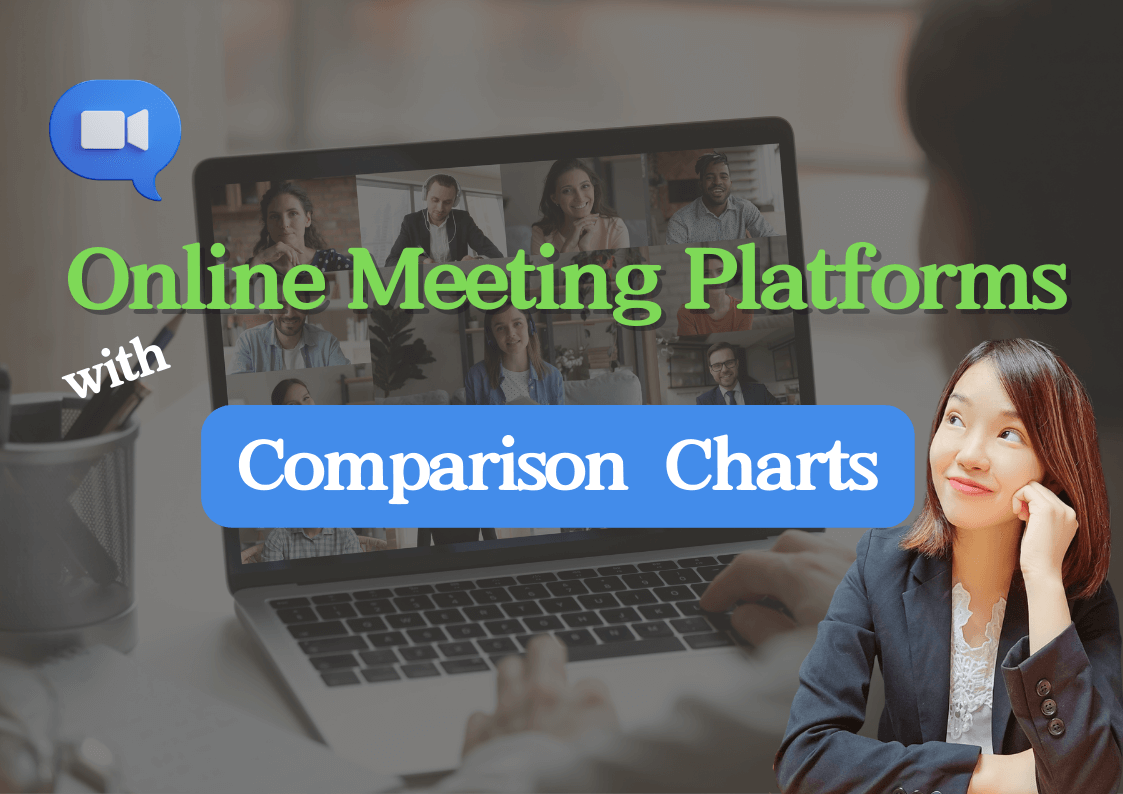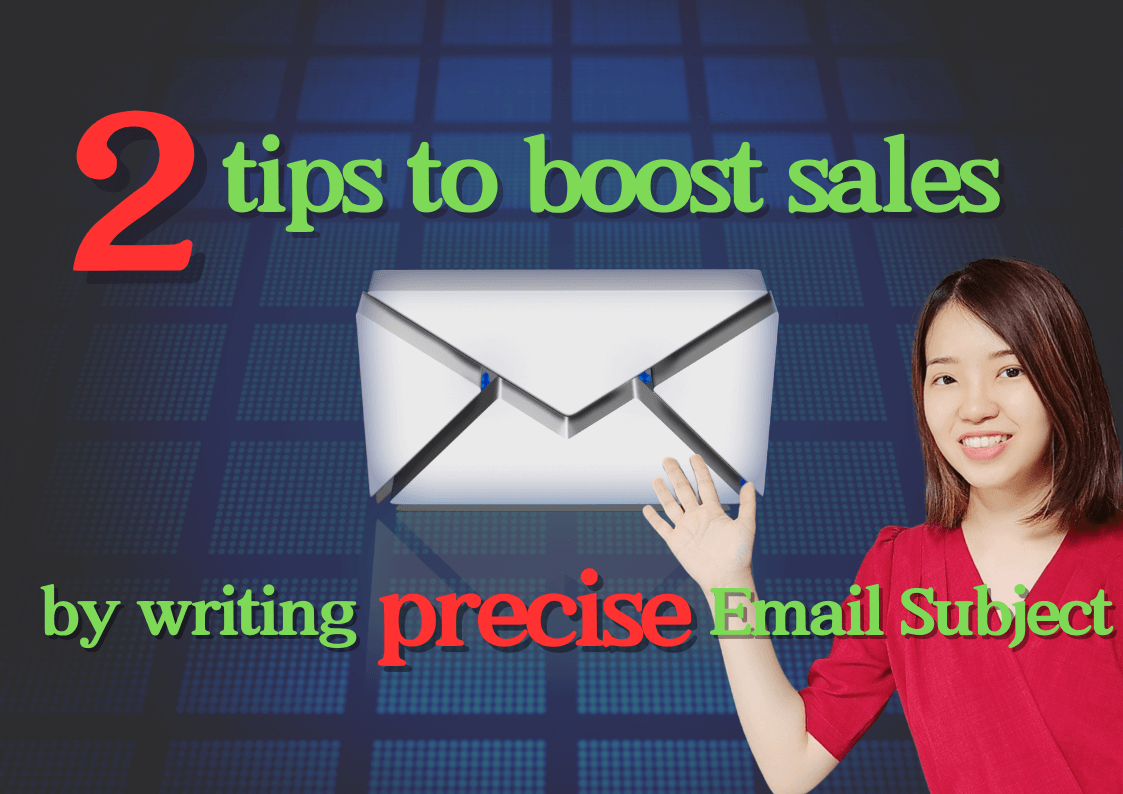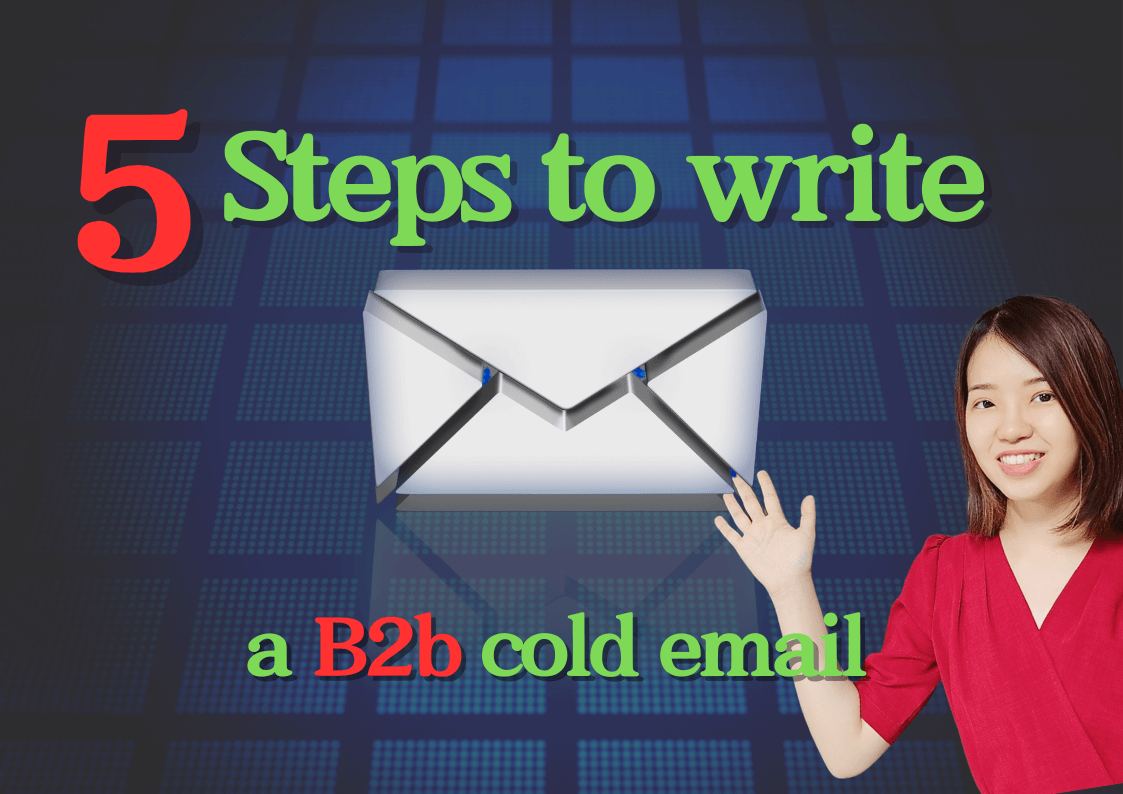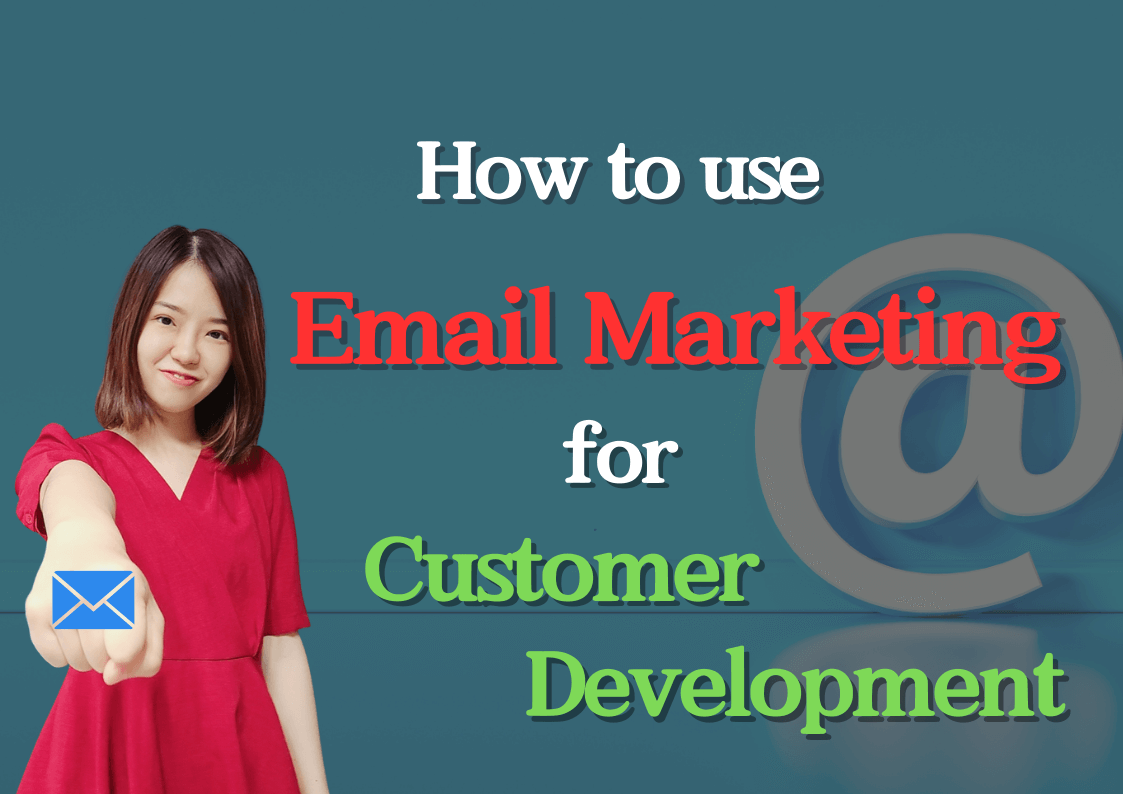Sending development emails and making cold calls are called “active marketing” in customer development, where we take the initiative to reach out to key contacts for product promotion. However, effective communication and b2b cold calling script preparation before phone calls, especially in appointment settings, is crucial, and there are many cold calling tips involved. It’s also better to prepare a cold call script to avoid getting nervous during the call. We will list four B2B cold call techniques to make a successful request to customers as follows!
(1) Preparations Before Cold call
(a) B2B Customer Leads
Collecting B2B lists by our “Sales Automation Tool”. You can also refer to this article:12 Sales Automation Tool to Increase 100 Customer RFQ every month (Suitable for with all budget)
(b) Cold Call Thinking Mindset
Don’t approach the call from a sales perspective. Imagine yourself as a consultant, aiming to solve the client’s problems. Believe that your services can provide value to the client, even if they decline, and remember to thank them for their time.
(c) Setting The Goal
Relax before the call and set achievable goals for yourself, such as : 「how many customers I could schedule an appointment 」. Keep a mirror nearby to maintain a smiling face and write down motivational phrases to keep you focused on your goals. Move towards your goal, you can always adjust your target. However, don’t set it too easy, and gradually increase the difficulty, just like conquering levels in a game!”
(d) Familiar with Your Product
Ensure you understand your product thoroughly to maintain professionalism during the cold call. Prepare answers to common questions asked by customers. You could also write a cold calling script and repeat them until you fully remember.

(2) Prepare a B2B cold calling script
Scenario: Antonio, a senior overseas sales at Company A, is seeking suitable American agents for his electronics company.
First Step: Handling Receptionists
The company’s receptionist handles countless business calls, serving as the gatekeeper for the company. It’s important not to spend too much time on reception, as the queries are often similar. We have compiled the following most frequently encountered scenarios to ensure that the receptionist can assist you by directing your call to the appropriate department. By doing so, valuable time can be saved and focused on reaching our target audience, including procurement, project managers, or engineers.

• When you don’t know Key Persons contact
|
Receptionist: Hello, who are you looking for? (* Consider to finish this call soon, they expect to hear: who you are、from which company、looking for who in which department) Antonio: Hello, I’m Antonio from Company A. I’m looking for the purchasing department for XX parts. |
In some companies, different buyers handle different products in different departments, so it’s best to specify which product category you’re referring to when seeking assistance with transferring calls.
If the receptionist makes further inquiries: The response could be directed towards sample testing, sending samples, quotations, orders, payments, proposals, or adjusting project content to reply. It should sound as if a project is already in progress. This would increase the chance receptionists transfer your call.
| Antonio: “Our new product, XX, 1.Previously, your purchasing department expressed interest in obtaining samples. However, the person handling this matter has left the company. Given the urgency of the situation at that time, I’m wondering if there are other colleagues in the purchasing department I could contact. 2. We previously sent a specification sheet and mechanical drawings for review by the purchasing department to determine if any modifications were necessary. Unfortunately, the person who is responsible has left. Could you please provide me with alternative purchaser contact? 3.We sent a quotation for our XX product with our payment terms. Unfortunately, the contact person has left. Could you please provide me with alternative purchaser contacts? |

• When you know Key Persons contact
| Receptionist: Hello, who are you looking for?
Antonio: Hello, I’m Antonio from Company A. I’m looking for (Keyman’s name). I’d like to confirm this week’s online meeting schedule with him. |
• When the key person has already resigned or no one knows this contact
| Antonio: He previously asked us to send a sample, but we haven’t received any response. It’s possible that he has resigned. Could you please advise who his substitute is now? |
• The list contains Keyman’s name, but they may not be the target customer
You can still reach the right contact through this person(who is on your customer list).
| Antonio: Excuse me, is this the procurement department responsible for purchasing XX parts?
Keyman: No, it’s not. Antonio: Alright, I’m sorry. Could you please let me know who in your company handles the procurement of XX parts? |
If the receptionist continues to refuse transferring the call, you can try asking them to transfer you to a colleague in the sales department first. Then, the sales department colleague can assist in transferring the call to the procurement department. Sales are often eager to help and may happen to be working on projects involving XX products, so they might be willing to give a new supplier an opportunity and introduce you to the procurement department.
Second Step: When the Keyman answer the phone, how to respond
When you’ve successfully found the right contact, be sure to confirm their identity and position before discussing our company’s services and advantages. Then, you can inquire if they are seeking new suppliers or if they have any projects requiring evaluation and quotation.
| Antonio:“I noticed on your website that you’re interested in XX products. Our XX products have certifications from multiple countries and are preferred OEM suppliers for major companies like B, C, and D. Moreover, they effectively address issues related to excessive temperatures. (Express our advantages confidently and without hesitation.) Are you currently satisfied with your existing suppliers?” Keyman:“They’re okay, but I’m open to learning more.” Antonio: (Further introduce your company, product advantages, certifications, and comparison with competitors. However, avoid mentioning competitor names directly; instead, use generic terms.) |

At this point, Antonio can use a “questioning” approach to enhance interaction and gain a better understanding of the Keyman’s needs. If the Keyman shows a high level of interest, Antonio can initiate an invitation.
| Antonio: “Our products offer many advantages and features. Would you be open to schedule an online video call (on a specific date and time) for us to introduce our company?” |
Third Stage: Handling Objections
| Keyman: “I don’t have any ongoing projects at the moment.” Sometimes, customers may simply lack trust in you when they claim to have no projects. You can build trust by asking about their recent projects and inquiring about upcoming projects, bidding processes, or procurement cycles. This approach gradually lowers their defenses. If they genuinely have no projects at hand, you can ask for their WhatsApp, LinkedIn, or email, and inform them that your company can share information about new products or technologies with them promptly. |
| Keyman: “I’m not interested.” Antonio:“That’s okay. We also have some customers who initially showed no interest in our products and services but later discovered how our offerings could assist them.(Our company’s product advantages can improve several aspects and solve customers’ concerns). These customers have now become long-term partners with us. If you have some time available, I can arrange a brief 10-minute presentation via Zoom to share our advantages and case studies of working with famous brands like XXX. I believe you will be satisfied with our OEM services. |
| Keyman: “I’m busy right now.” Antonio:“I understand you’re busy. Do you have your calendar handy? Could we schedule a video call at XX time?” |
| Keyman: “Send me some information to review first.” Antonio:“Sure, I’ll send over the information later. However, if you find the company profile is not quite clear, would you schedule a video call at XX time for further clarification?” |

( More Read: Best online meeting platforms (with Comparsion Charts) – Essential for Business Meetings and Online Teaching)
| Keyman: “I already have suppliers” Antonio:“I believe, given your company’s scale, you must have many long-standing supplier relationships. That’s why I’m calling you. Our company is confident that we can offer you better service, improved efficiency, shorter delivery times, lower MOQs, and faster response rates. Our future collaboration is sure to leave you highly satisfied. Could we schedule a video call at XX time to discuss the advantages and differentiation between our products and others?” |
| Keyman: “The client is not available; they’re in a meeting.” In this case, you can request an email from the customer’s colleague and schedule a follow-up for another day. Don’t leave international phone numbers to customers, they would never call you( Think about it, how expensive international calls are!) Alternatively, you can inquire if there are alternative contact persons available. |
Fourth Step: Detailed Inquiry
Keyman may inquire further about company organization, structure, product information, product origin, and product pricing. Just like preparing for an appointment, you can seek advice from senior colleagues regarding potential questions the client might ask. If faced with unfamiliar questions, you can consult with your supervisor before responding.
| Antonio: “I understand your concerns. Let me inquire with my supervisor about this matter, and I’ll get back to you as soon as possible. Regarding pricing inquiries, it’s advisable to allow the client to gain a deeper understanding of our services first before providing a quote. You could invite them for a face-to-face meeting or video call to explore further options beyond product features.” |
(3) Tips for after Cold Call
Keep a simple record of the appointment, including time, content, duration, whether you found the key person, and the potential opportunity. Avoid carrying emotions from one call to another, as it can affect your effectiveness.
(4) Tips for scheduling phone call appointment
- Every company has different working hours. For daytime shifts, the golden hours are typically from 9:30 to 11:30 and 14:00 to 16:30 in the local time zone. People generally prefer not to receive appointment calls around lunchtime, right after waking up, or when they are about to finish work.
- Control your speaking pace and adapt to your own responsiveness. It’s crucial to avoid speaking either too quickly or too slowly.
- Speaking with modulation and content-rich communication style is highly favored by businesses. While humor is appreciated, avoid using vulgar or obscene language.
- When encountering situations where the other party is emotionally charged or unhappy, remember to use phrases like “please,” “thank you,” and “I’m sorry.” These can help to ease tension and maintain your professionalism.
- Avoid disparaging competitors, criticizing current events, or discussing religion and politics.
- If the key contact person is unavailable or in a meeting, you can ask colleagues for their email or phone number.
B2B Leads Generation Tool
As someone with years of experience in marketing and development; I believe that after you read the aforementioned cold calls tips and script, making a b2b cold call is not challenging anymore.
Our Company excels at B2B proactive customer development, with extensive experience in successfully introducing proactive development strategies to numerous industries. If you want to build B2B leads before cold calling, please check“B2B Leads Generation Tool” or feel free to Whatsapp us.



